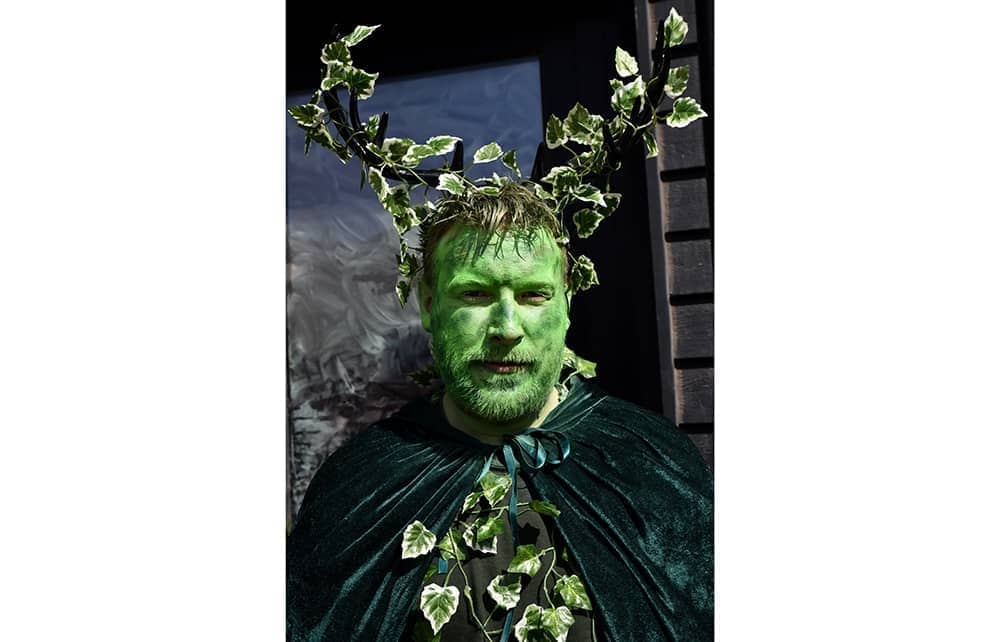I would guess that contemporary pagans have a love-hate relationship with Ronald Hutton. With books such as The Triumph of the Moon and Stations of the Sun, scholarly accounts of the history of modern witchcraft and the ritual year in Britain, no one writes more sensitively about their worldview. On the other hand, as an academic, Hutton assiduously seeks to saw off the branch on which many of their fondest assumptions sit. The paradox can be explained.
Queens of the Wild returns to one of Hutton’s key themes: the debunking of the idea that pagan practices and beliefs survived intact in Europe from archaic times. With characteristic frankness he explains in his preface that the alluring title is the result of a compromise between the demands of the marketing department and his own ‘pedantic anxiety to settle on one that most accurately [reflects] the contents of the book’. It is briefer than his previous works and, with its attractive packaging, this is Hutton at his most accessible. (Some of the essays in the 2003 collection Witches, Druids and King Arthur are formidable indeed.)

The four queens he analyses are Mother Nature, the Fairy Queen, the Lady of the Night – a feature of European folklore – and the Cailleach – an Irish-Scottish hag denoting winter. It’s tempting but unsound to deduce that these commanding figures who stalk legend and poetry are the remnants of a pre-Christian religion, not least because Hutton unpicks the common assumption that an archaic, peaceful goddess- and Earth-worshipping culture predated a male-dominated sky religion. He points out the circularity of the argument that begins with the simple observation of many female figurines being deposited at prehistoric sites and ends with the theory of a pan-European goddess religion, in the light of which any subsequent discoveries are interpreted.







Comments
Join the debate for just £1 a month
Be part of the conversation with other Spectator readers by getting your first three months for £3.
UNLOCK ACCESS Just £1 a monthAlready a subscriber? Log in